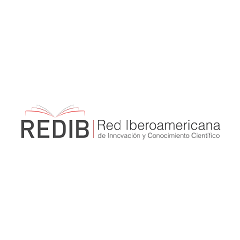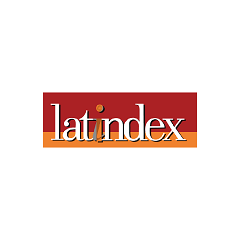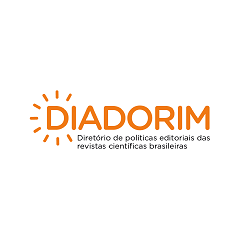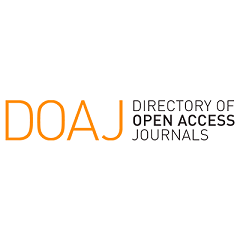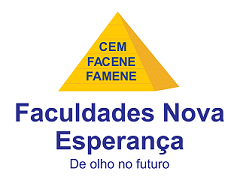USE OF COLD ATMOSPHERIC PLASMA TO TREAT SKIN WOUNDS: A SYSTEMATIC REVIEW
USO DE PLASMA ATMOSFÉRICO FRIO NO TRATAMENTO DE FERIDAS DE PELE: UMA REVISÃO SISTEMÁTICA
DOI:
https://doi.org/10.17695/rcsne.vol24.nEsp..p667-685Palavras-chave:
Plasma gases, Skin, Wound HealingResumo
Cold Atmospheric Plasma (CAP) has emerged as a promising technology for the wound healing process. Therefore, this study aimed to make a systematic review of CAP effects on the healing of skin wounds, focusing on the protocols used and decision-making for applications. For your development blindly, two researchers conducted a search in five electronic databases (PubMed; Web of Science; Scielo; Scopus and EMBASE) using a series of keyword combinations. The first selection was by the title, the second by the abstract, and the third by the full reading of the article. To compose this study, 28 articles were selected. The greatest difficulty was the non-uniformity of the keywords related to CAP and intervention protocols not described systematically and clearly. There is an agreement among the authors that CAP contributes positively through reactive species, nitric oxide, proinflammatory, and cellular signaling, both quantitatively and qualitatively to the healing process, acting in the re-epithelialization, angiogenesis, increased oxygenation, coagulation, collagen synthesis, among others. The phase it operates and the ideal application time are still controversial. Its application can occur directly and indirectly, with most studies still being conducted in the laboratory in acute and clean wounds. The most commonly used gases are Helium and Argon. It is concluded that the positive effect of CAP on the healing process is already a consensus in the literature. However, there is still a need to clarify the mechanisms involved.
Downloads
Publicado
Como Citar
Edição
Seção
Licença
Copyright (c) 2024 Revista de Ciências da Saúde Nova Esperança

Este trabalho está licenciado sob uma licença Creative Commons Attribution-NonCommercial 4.0 International License.
-
Declaro minha participação efetiva na elaboração do trabalho acima intitulado e torno pública minha responsabilidade por seu conteúdo. Certifico que o manuscrito representa um trabalho original e que nem este ou qualquer outro trabalho de minha autoria, em parte ou na íntegra, com conteúdo substancialmente similar, foi publicado ou enviado a outra revista, seja no formato impresso ou eletrônico; e que todos os procedimentos éticos foram tomados objetivando sua publicação.
Adicionalmente,
- Declaro que, em caso de aceitação do artigo, a Revista de Ciências da Saúde Nova Esperança, ISSN 2317-7160 passará a ter os direitos autorais a ele referentes, incluindo modificações para o melhor entendimento do conteúdo, que se tornará propriedade exclusiva da Revista, sendo liberada a reprodução total ou parcial em qualquer outro meio de divulgação, impresso ou eletrônico, desde que citada a fonte, conferindo os devidos créditos à Revista de Ciências da Saúde Nova Esperança.
- Declaro que não houve plágio e tenho conhecimento que o plágio representa um crime previsto no artigo 184 do Código Penal.
- Declaro, como autor responsável pela submissão, que nem eu e nenhum um dos autores que compõe a autoria desse manuscrito possuímos conflito (s) de interesse (s) relacionado (s) ao artigo. Que seja de natureza pessoal, comercial, política, acadêmica ou financeira.
Estou ciente que se for detectado a falsidade das declarações acima, o artigo será considerado nulo, podendo a informação de cancelamento ser de conhecimento público.







